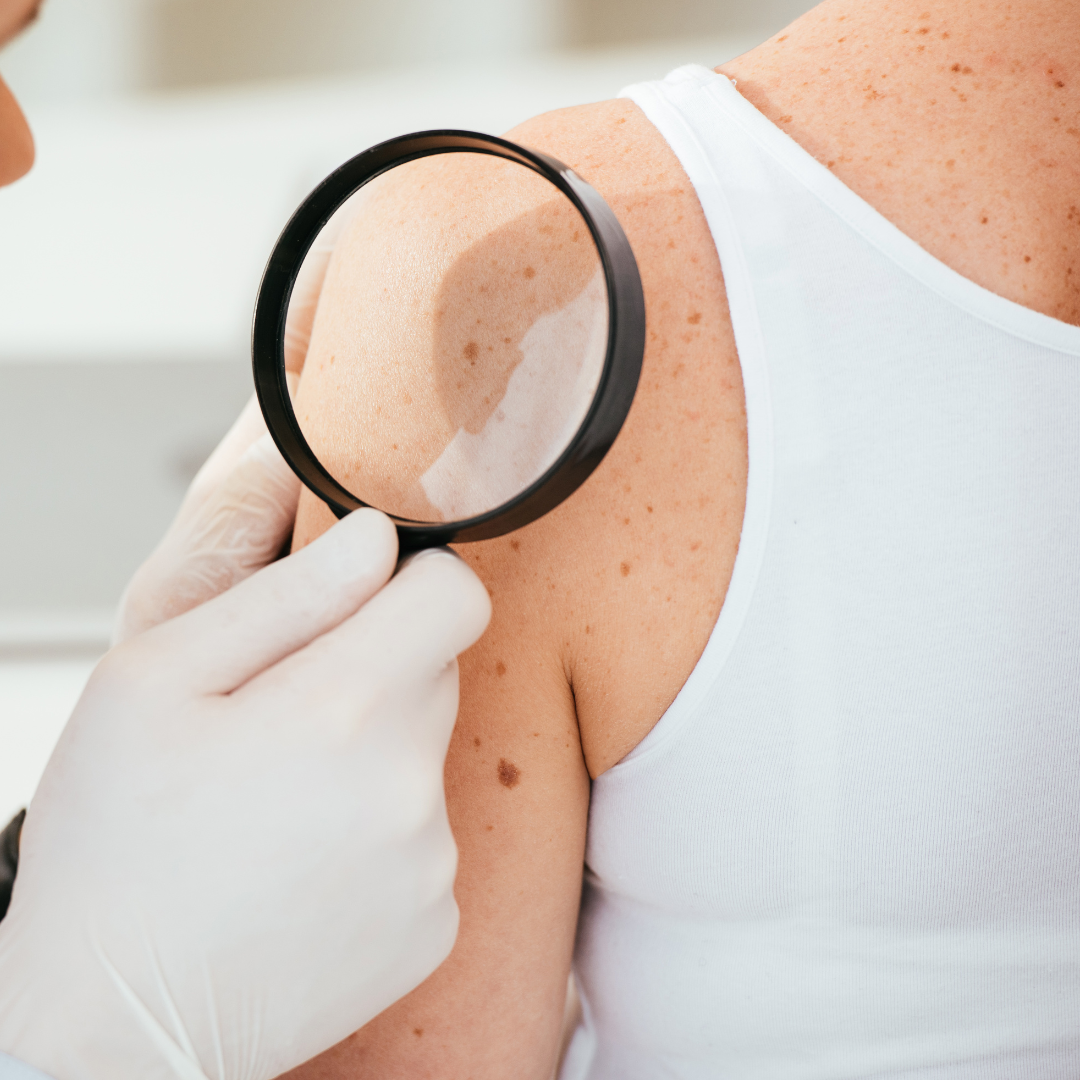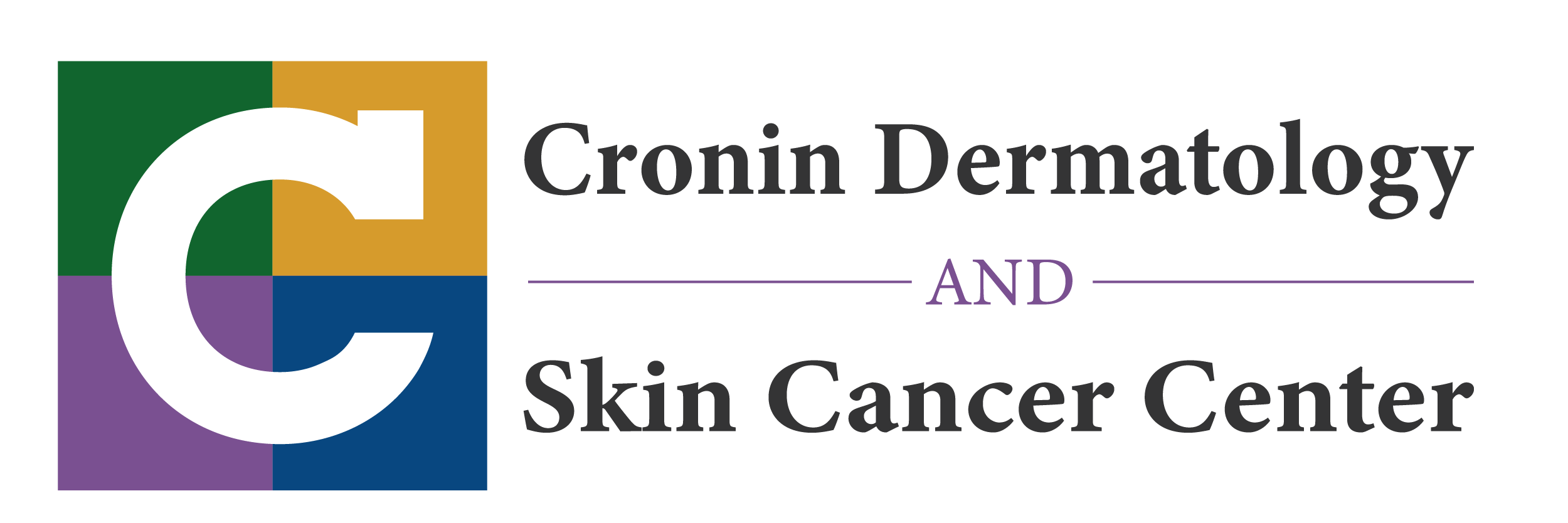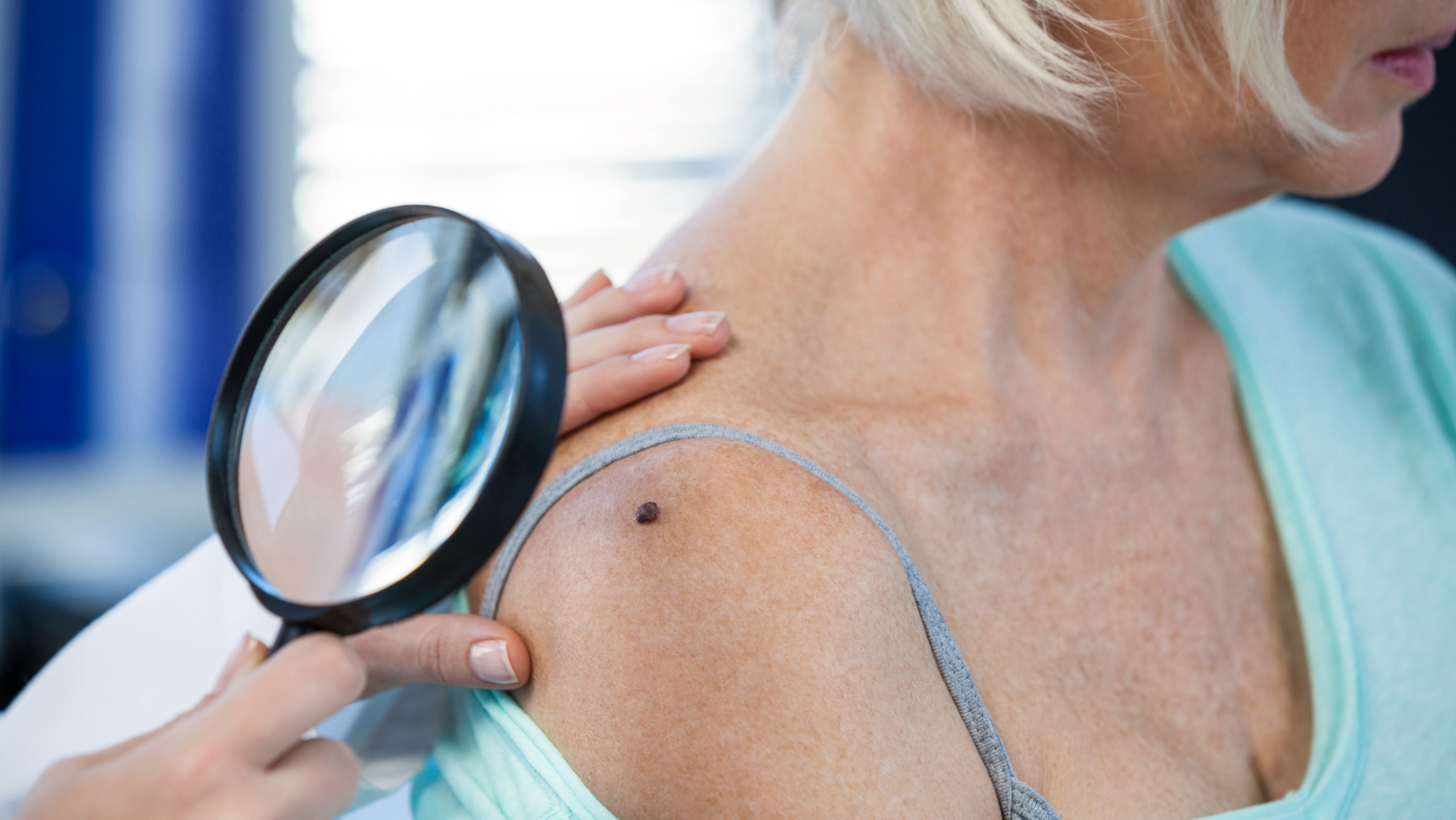Surgery stands as a prevalent method for managing skin cancer, often serving as the primary treatment. Here we provide insights into the various surgical techniques used to address skin cancer. We also offer guidance on what to expect if the provider recommends surgery as part of their skin cancer treatment plan.
Cryosurgery
Cryosurgery involves applying liquid nitrogen to the skin to freeze and eliminate tissue, a technique suitable for both malignant and benign skin lesions. Within about two weeks, the treated tissue forms a scab and sheds, removing cancerous cells in the process.
Providers typically recommend this method for pre-cancerous lesions or localized skin cancer. Compared to other surgical procedures, cryosurgery is less invasive, resulting in quicker recovery times, minimal discomfort, and reduced bleeding. However, it may not detect microscopic cancer spread, necessitating additional treatments for comprehensive care.
Curettage and Electrosurgery

Curettage involves the removal of cancerous skin tissue through scraping.
Following curettage, electrosurgery, which employs an electric current to burn tissue, is utilized to manage bleeding and eliminate any remaining cancer cells. This procedure has a high success rate, particularly in treating small, clearly delineated skin tumors located on the body.
Mohs Surgery
Developed by Frederick Mohs, M.D., Mohs surgery is a specialized technique for treating various skin cancers, particularly those situated on sensitive regions like the head and neck. What sets this procedure apart is its real-time microscopic examination of cancerous tissue during surgery, rather than afterward.
Mohs surgery is meticulous. It removes one layer of skin at a time. The provider exams each layer under a microscope until no more cancer is present. While it may require more time compared to other surgical options, Mohs surgery stands as the most precise and advanced treatment for skin cancer, boasting success rates of up to 99% since its inception.
Wide Local Excision
Wide local excision removes both the cancerous tissue and a margin of healthy surrounding tissue. Commonly employed in the treatment of melanoma, as well as basal and squamous cell carcinomas, this technique helps ensure complete removal of the cancer while minimizing the risk of recurrence.
Skin Grafting and Skin Flaps
In cases where a provider has to remove a significant amount of cancerous skin, surgeons may employ skin flaps or skin grafts to reconstruct the affected area. Typically sourced from areas like the thigh or groin, these techniques involve transferring tissue with similar color and texture to the surgical site. To facilitate optimal healing, surgeons may first place expanders under the skin to encourage the growth of additional tissue. One key advantage of skin flaps is that they come with their own blood supply, making them particularly useful in areas with compromised blood flow. In regions like the head and neck, adjacent tissue flaps can also enhance cosmetic outcomes, although additional cosmetic procedures may sometimes be recommended.
Lymph Node Removal
Prior to skin cancer surgery, your physician will assess the nearby lymph nodes for any signs of metastasis, indicating the spread of cancer. This evaluation may involve CT scans, MRI, or ultrasound to detect potential abnormalities. You will require further surgery if cancer cells are present in the lymph nodes. Lymphadenectomy, the removal of lymph nodes, is typically conducted by specialized surgical oncologists, head and neck surgeons, or plastic surgeons with expertise in cancer management.
Skin Cancer Surgery Center in Bethesda Maryland
Dr. Hyland Cronin is a board-certified dermatologist and board-certified Mohs micrographic surgeon. She has a reputation for treating every patient like family. If you’ve recently received a diagnosis and are looking for a Mohs surgeon, contact us today.

